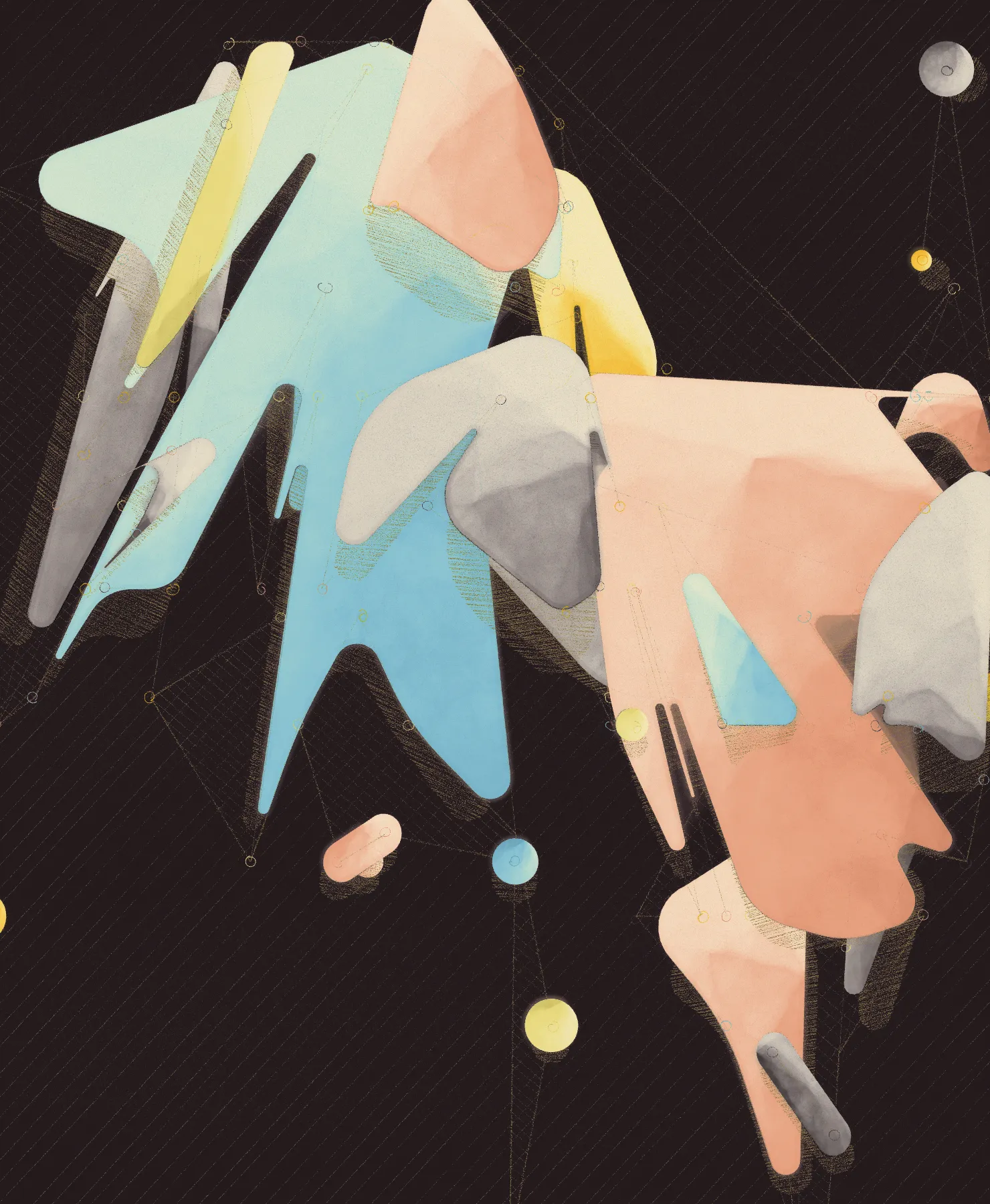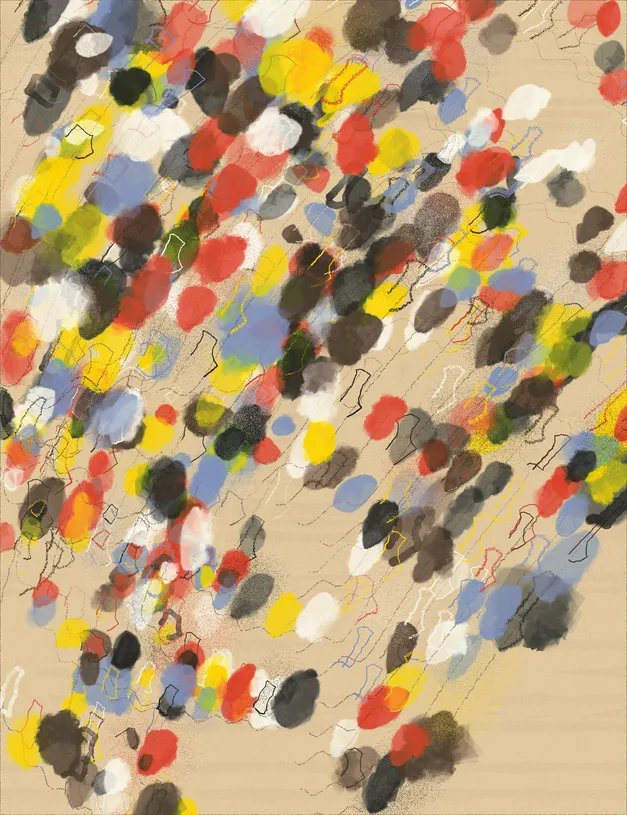“to allow… even to desire that, after that earliest point where the pen touches the
paper, something unfathomed emerges, something unexpected”
One of Erik Satie’s infrequent excursions into chamber music, the Fugue à tâtons (1913) is
contemporary to his humorous piano compositions, and created in a similar spirit. Fugue à
tâtons is a satirical reinvention of Baroque musical forms, enhanced by Satie’s characteristic witty
titles and performance directions. A repetitive, childlike theme, a loosely woven fugue initiated by
the piano “with silly but convenient naïveté”, and yet a complex and significant musical piece.
Curiously, Spanish architect Enric Miralles used the title Fuga a tientas (the Spanish translation of
Erik Satie’s title) in 1987, for the second volume of his doctoral dissertation, a text that was
deemed unreadable by the thesis’ panel. Miralles’ essay narrates how sketching can be seen as a
form of writing, a creative act that happens when thinking moves forward through interruptions,
when it stops at its beginnings, when it is produced by repetition.
This Fuga a Tientas on Verse, 2023, explores how its form of writing, namely “coding”, can
likewise be conceived as a form of sketching, or how unexpected shapes and colours emerge
from simple geometric operations when imperfect repetition is celebrated. The artworks are fully
composed by horizontal lines and simple shapes travelling through imperfect flow fields, offering a
characteristically bright and cheerful aesthetic that is homage to both Erik Satie and Enric
Miralles’s intellectual legacies. Fuga a Tientas is the coming-of-age of the Enfantines (fxhash,
2022\) algorithm, still childlike but now a more sophisticated and yet imperfect exploration of form
and counterform, sound and colour.
“…form emerges at the air of its flight, it is not pursued, nor composed, nor
constructed…”
With two modes that won’t produce the same outputs, Fuga a tientas is best experienced twice.
In music mode, the code uses Satie’s fugue as a way of taming randomness, the sounds affecting
the colours and intensities of the triangles. This is the last stop of the journey, gazing into
unexplored lands.
“Large de Vue”
Fuga a tientas is part of the group exhibition Imperfections.
View series


